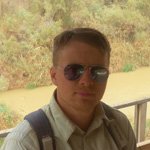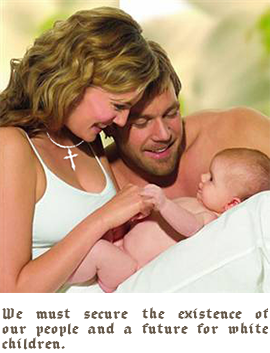Trip to Lebanon
Trip to Lebanon
Lebanon is a great adventure in an Arab country. Lebanon has Roman ruins, sea, mountains, good food, sauna, interesting architecture, and unique people. Of course, Lebanon also has cedar trees that are the symbol of this country. Despite the tense situation in Lebanon, despite the presence of Hezbollah and the military character of the country, and despite the neighbouring Israel, I believe that Lebanon is a valuable country for tourists.
Lebanon – the danger that doesn’t exist
Before I went to Lebanon I had heard a lot about that small and a very interesting country and that’s why I wanted to get to know the reality of it on my own. According to other traveller’s opinions it becomes clear that Lebanon is a very attractive and safe country. However, the media controlled by Jews make us believe that a trip to Lebanon threatens our health and lives. The British Foreign Office even drew an ironic map of Lebanon on which the northern and the eastern areas were in red; so as I understand where they shoot without warning? Out of sheer curiosity I visited all the ‘red areas’ drawn by the British Foreign Office and it was so nice that I spent there 16 days.
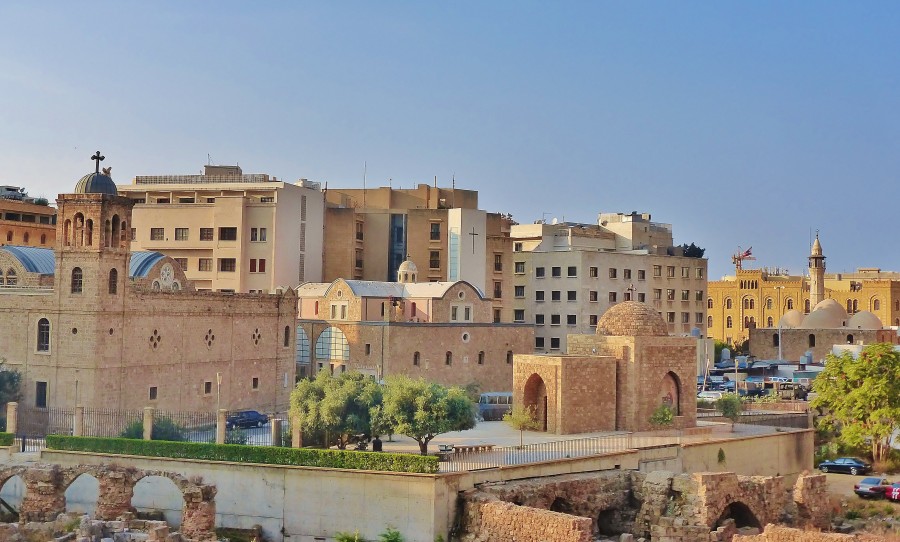
Beirut, Lebanon. The view of Old Town.
The British Foreign Ministry has marked most of Lebanon in yellow, what means that you should not go there either, unless there is an extreme necessity. Because of such propaganda of fear only 2% of tourists traveling in Lebanon go to the northern city of Lebanon – Tripoli. I went to many places, also bordering Syria and Israel, and I went to places where there was a strong military presence of Hezbollah. I never had any problem, even though Hezbollah wanted to know what I was doing in their country. They are very suspicious, but they are not terrorists. They are only very cautious. With a neighbour like Israel it is hard to blame them.
* (The maps below are the property of https://www.gov.uk/ and I copied and published them based on Open Governement License.) *
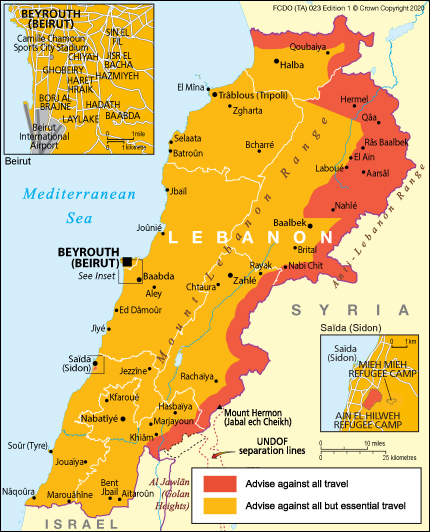 A comic map of Lebanon by the British Foreign Office that aims to completely intimidate people. I suspect that the Jewish town of ‘City of London’ instructed its English subordinates to discourage people from traveling to Lebanon. Let me remind that Israel has occupied Lebanon for 20 years, calling the Lebanese ‘terrorists’.
|
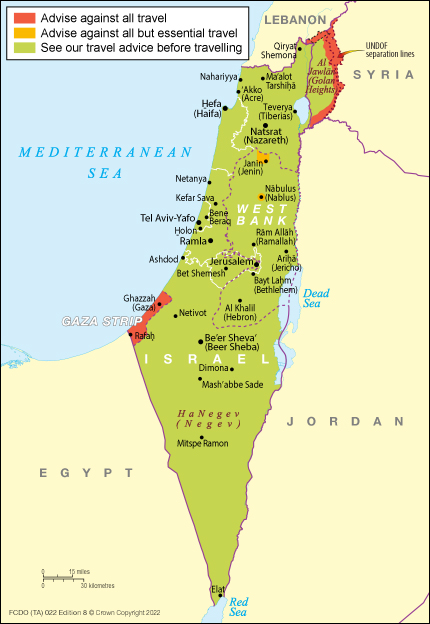 For comparison in Israel there is no week without a terrorist attack committed mainly by Jews against Arabs, but also vice versa. However, the Israel map of the British Foreign Office is green, as if there was no problem there at all. |
In my opinion the European media and the British Foreign Office should receive Oscars for the horrors that never happened. I therefore urge all travellers to not to trust our media and do travel to Lebanon, especially that the country has beautiful nature and the Roman and Christian history and architecture. There is indeed a tense situation in Lebanon, and Hezbollah soldiers detained me a few times. Sometimes they questioned me and forbid to photograph certain places. Nevertheless, I felt safe in Lebanon.
My trip around Lebanon
During my trip I swam in the Mediterranean Sea, I saw grand Roman ruins, picturesque valleys and beautiful churches. I tasted Arabic sweets, I was in the old Arab cities, and twice I was even questioned by Hezbollah. In Lebanon there were a lot of weapons everywhere, a lot of soldiers, concrete roadblocks, armoured vehicles, big cannons, kilometres of barbed wire and military bases on the beaches and under bridges; both in Beirut and in other cities.
It is worth mentioning that Lebanon is a very small country and travelling around is easy. Transport is well organized, distances are small, and travelling times are short. The longest route I had was from Beirut to Tripoli – 1h. Hitchhiking in Lebanon works quite well too.
Beirut
I started my Lebanese trip in Beirut which was my base for a few days and where from I was organizing trips to other places. In Beirut I lived in Downtown where I had good connection to the districts of Gemayze, Achrafieh, Hamra and Corniche, a promenade by the sea. To many of those places I returned many times but Corniche was definitely the most enjoyable. Although there is no beach there I jumped from the rocks to the sea. The promenade is also a place where women jog in tight clothes and those who are wrapped up in black sheets just sit and eat ice cream. Corniche is a place to take a break from the traffic and the noise of Beirut by the sea breeze.
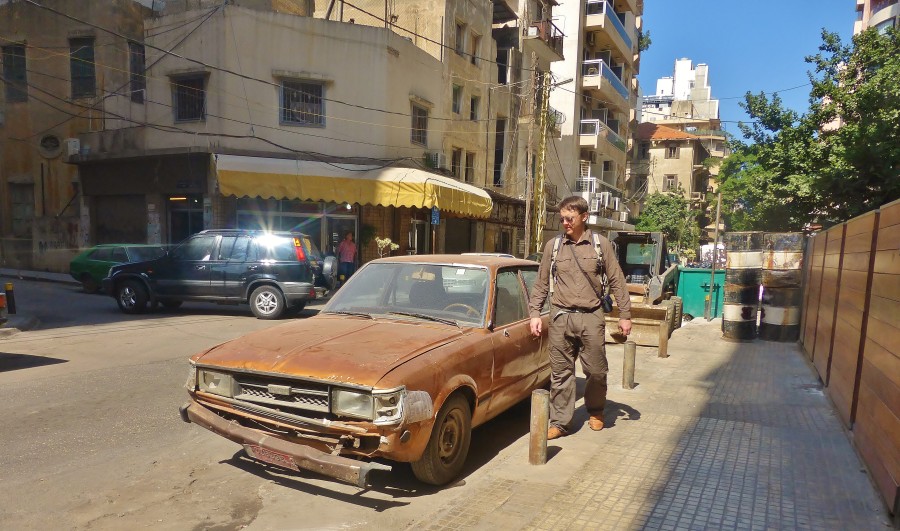
Beirut, Lebanon. A walk in search of the best old cars.
I also liked the National Museum and the Old Town which was surrounded by soldiers, thick cannons, concrete blocks and barbed wire but after a while I got used to it. My cheapest hostel in Beirut was unique too. After I refused to have a negro in my room they put me into a dormitory with doctors from Syria and an Arab from Jordan who came to Lebanon to finalize a deal over his second wife without the permission of the first one. I have interesting stories from my hostel after the conversations which I had with the Arabs. I discussed with them the problem of Muslim immigration to Europe and my ideas with regard to mass deportations. I also told them about the superiority of the Roman Catholic Church over Islam. They had the same views as mine, only to their advantage.
Beirut gave me a lot of fun. I liked the buildings, the atmosphere of the city and also old, rusty cars and taxi rides. Once I even took part in the night time political unrest in Beirut during which police fired tear gas and civilians threw stones. I spoke with the party members, I took pictures of them and I left without a single scratch. I had such a good time.
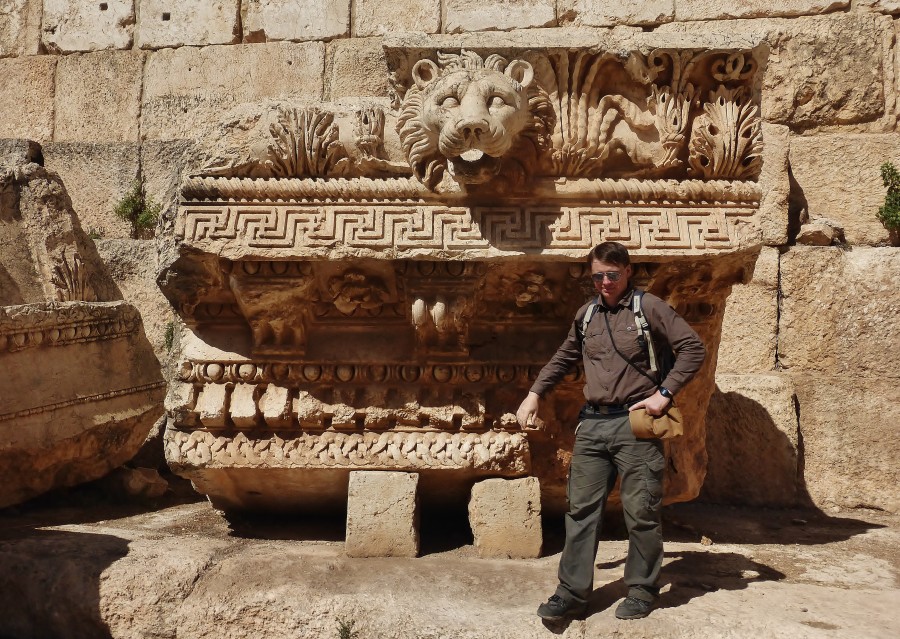
Roman ruins in Baalbek, with the famous lion head. Lebanon.
The route north of Beirut
During my 16 days in Lebanon I visited a lot of places. To the north of Beirut I definitely recommend a trip to the town of Byblos which has been continuously inhabited for 7000 years and is therefore one of the oldest cities in the world. In Byblos, which lies by the Mediterranean Sea the are Roman ruins and an attractive harbour nearby, a promenade and fish restaurants.
Before Byblos there is also a small town of Jounieh full of expensive strip bars, and at the end of it there is a cable car. It leads to Harissa, where there is a large statue of Virgin Mary.
The capital of the north is Tripoli, a Muslim city which tends to be the choice number one for the media horror stories. For that reason, according to statistics only 2% of all tourists travelling in Lebanon visit Tripoli. I was of course in that 2% and it was worth it. I saw the old city, a fortress atop a mountain and a very attractive bazaar where people were genuinely surprised that I decided to visit the “city of the terrorists”. In Tripoli they have great juices squeezed from apples and pomegranates, they have good food and a lot of history.
Of course in Tripoli they also have machine guns, concrete roadblocks and my beloved barbed wire. One of my favourite places there was a Turkish bath house called Hammam al-Abed built in the seventeenth century where for $25 first they threw me to a hot sauna and then they clashed my body over a stone floor where I had a massage with a sharp sponge. It was done by an old immigrant from Syria who almost tore my skin apart on my back but it was nice anyway. Tripoli was one of the better places I’ve seen in Lebanon.
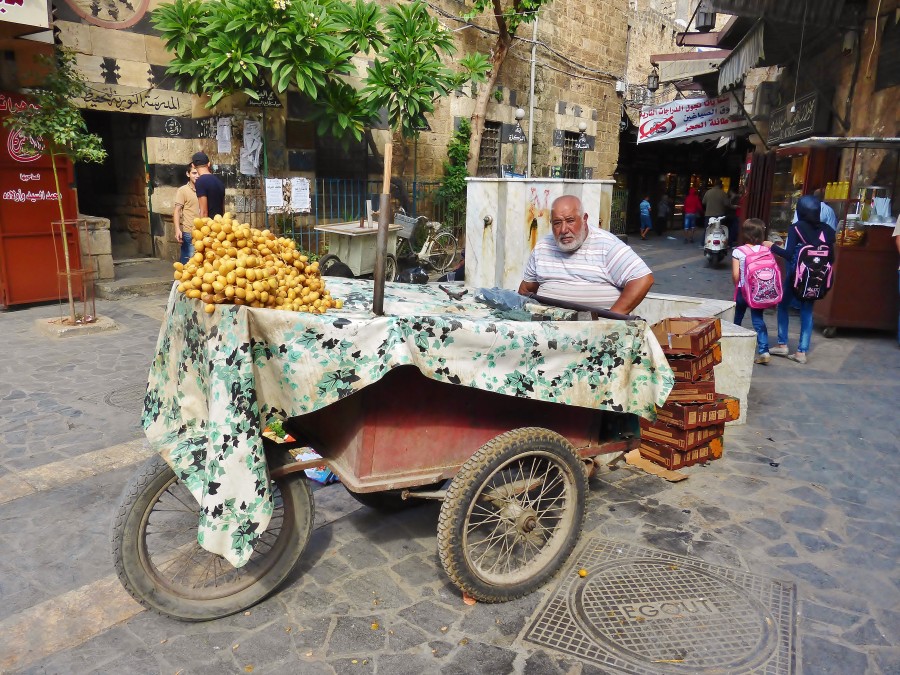
A fruit seller in Tripoli. Lebanon.
I also have beautiful memories from Qadisha Valley and the town of Bcharre. I spent three days wandering in the charming mountain slopes inside the vast valley, stopping at ancient churches built on the slopes of the mountains.
The route south of Beirut
To the south of Beirut I was in the village of Saidon where I saw a castle built on water and a traditional Arab bazaar. From there I went to Tyre, where I saw well-preserved Roman ruins and a strong presence of Hezbollah. When it comes to Hezbollah I was also in Baalbek because there are the best preserved and the largest Roman ruins in Lebanon, including the famous sculpture of a lion’s head which has become a signature of Lebanese tourism. The atmosphere in Baalbek and Tyre were tense and I don’t advise anyone to argue and be prepared to be approached by someone who would ask to delete certain photos. Either way I still recommend a visit.
In addition to many other places such as the ruins of Anjar close to the border with Syria or the Chouf mountains with its cedar trees, or Beiteddine palace I will always remember the Mleeta war museum. It was built on the mountain where fierce battles took place between Israel and Hezbollah. In the museum I saw a lot of machine guns, heavy artillery, trenches, barbed wire and the Israeli Merkava tank, which Hezbollah managed to take over during the battle.
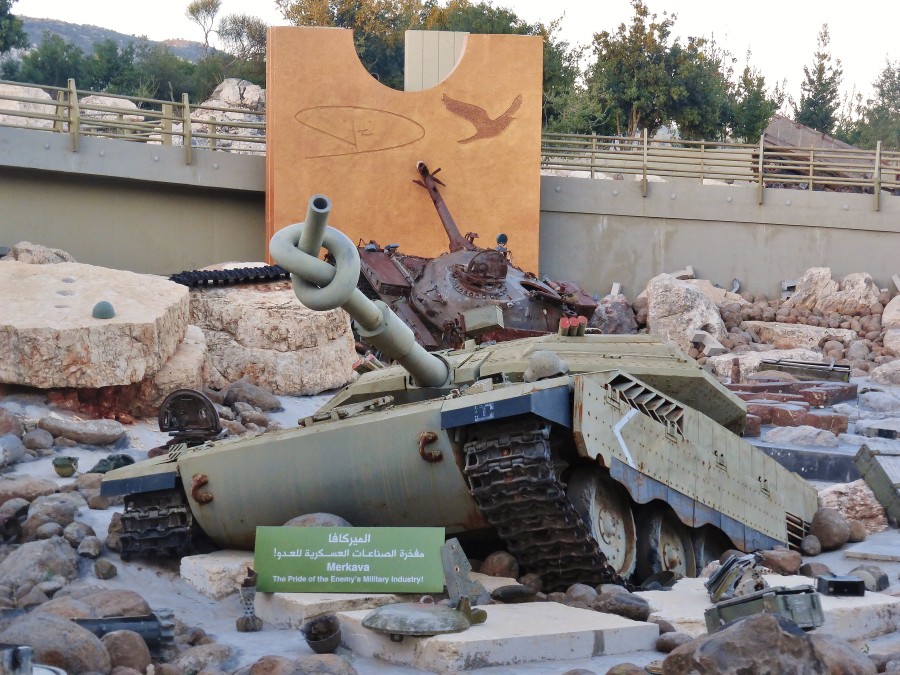
Mleeta – War museum run by Hezbollah. Lebanon.
There is also a film showing the history of the occupation of Palestine, without the Jewish narrative. I stood on top of the very mountain, from which Hezbollah army was protecting itself from the Israeli invasion. It was indeed a very interesting place, but to get there, first I was detained and questioned by Hezbollah.
The summary of Lebanon
Summing up, Lebanon is a very interesting country which I have a lot of beautiful memories from but its military nature forces us to adapt to new conditions. Although in the first few days you may be wondering when the war would startm and despite the horror stories told us by the British Foreign Office, I will always remember Lebanon as an educational adventure.
Lebanon is a great adventure in an Arab country. Lebanon has Roman ruins, sea, mountains, good food, sauna, interesting architecture, and unique people. Of course, Lebanon also has cedar trees that are the symbol of this country. Despite the tense situation in Lebanon, despite the presence of Hezbollah and the military character of the country, and despite the neighbouring Israel, I believe that Lebanon is a valuable country for tourists.
During 16 days of travelling around Lebanon I wasn’t shot even once and not a single grenade exploded, and members of Hezbollah served me a good cup of tea and kebab and then they even gave me a lift to the main road. The only thing that we have to be really careful about in Lebanon are drivers and old, fat dropping shawarmas which made me sick at the end of my stay. I didn’t like the fact that Arabs smoked cigarettes in shops and cars and I had several clashes with them over that.
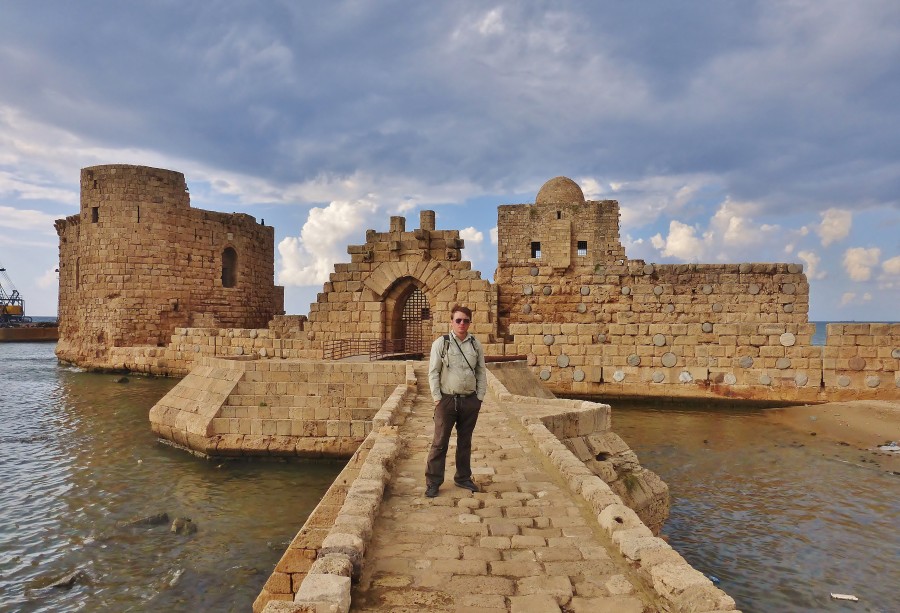
Sidon – the Crusaders’ castle. Lebanon.
Lebanon is so safe. Even Anjar near the Syrian border, and Tripoli too which I was supposed to be afraid of.
Final words on the propaganda of fear
(On a side note – I’ve been to a lot of unstable regions which the British Foreign Office haunts us with all the time. I was in Kyrgyzstan shortly after the Civil War, in Pakistani territory of Pashtuns close to Afghanistan, I was in Afghan refugee camps and then I even crossed illegally into Afghanistan. I was in Iran, on the eastern drug smuggling route from Pakistan, in Palestinian refugee camps and in Hebron in Palestine, where every Friday Jews and Arabs break off their heads off, and where the air is filled with gas. I was in the Burmese jungle, in steppes, deserts and in places where vampires and werewolves read fairy tales for goodnight, and out of all those places and many others I came out without a single scratch.
Unfortunately, the British Foreign Office sees the problems of many other countries but it can’t see the African Caliphate and open sodomy, which multiply like infected rats in their own country, and at the cost of the British taxpayer. Lebanon, as long as it stays in Lebanon, I do recommend.
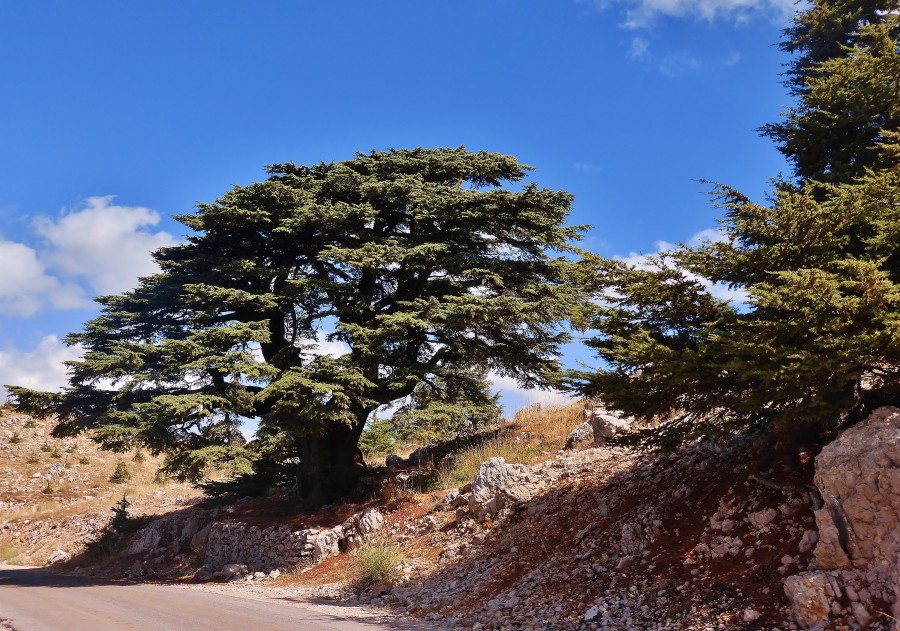
I think that at the end I should insert a photo of a cedar tree, which is the symbol of Lebanon. Shouf Mountains, Cedar Forest Reserve, Lebanon.



